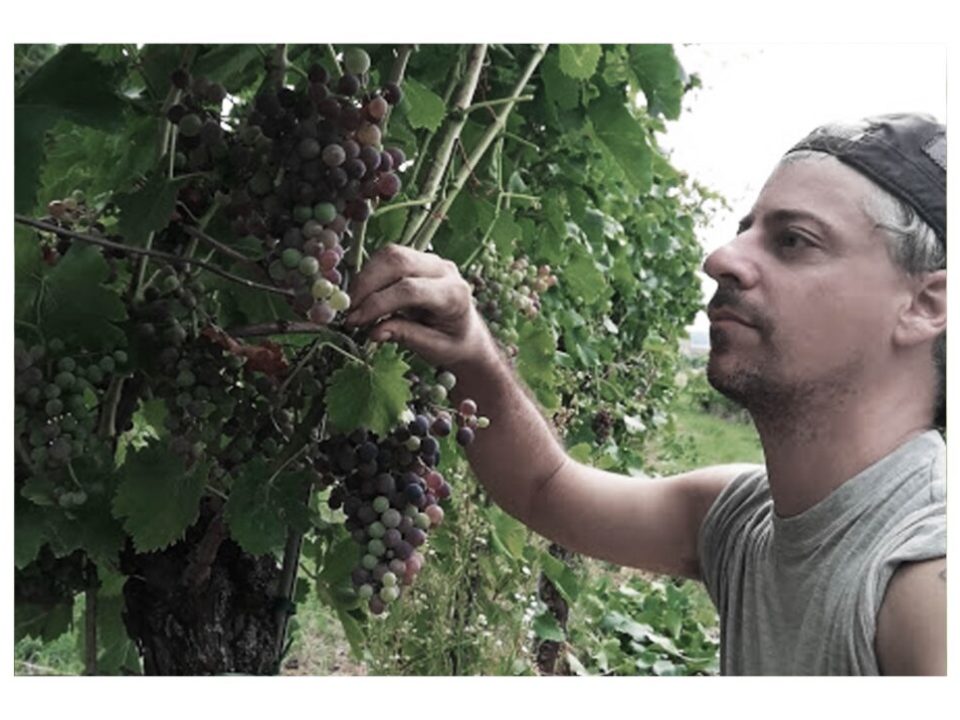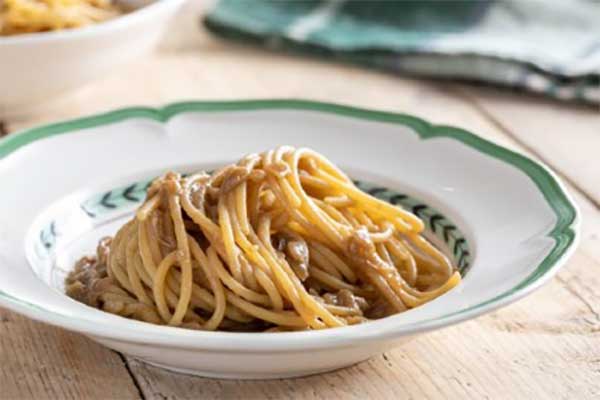
Col del Lupo
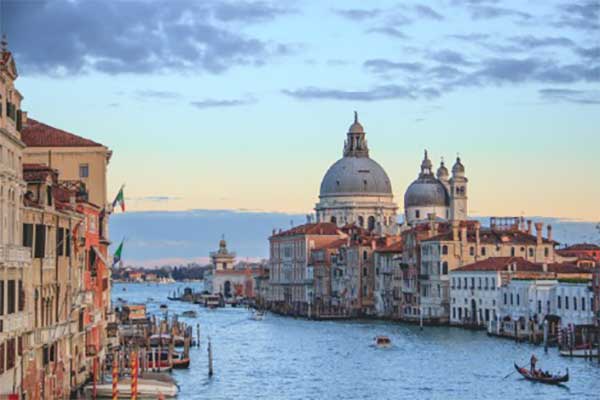
The Veneto: much more than Venice
Veneto is slightly smaller than Italy's other main wine regions yet it generates more wine than any of them. The terroir is rich and diverse.
The Veneto can be split into several geographical areas, each characterized by unique climate and soil-formations.
In the northwest the foothills of the alps hug the eastern edge of Lake Garda. East of the lake lies Valpolicella, with its sub region Valpantena, which translates to the “Valley of Many Cellars”.
Valpolicella lives up to its name by producing 500,000 hectoliters of red wine. Here, the renowned Valpolicella, Ripasso, Amarone, and, near the lake Bardolino, reds are produced. Valpolicella, known for its rich red wines, showcases a diverse terroir with a mix of limestone, clay, and volcanic soils. The region's unique topography, with its hills and valleys, creates various microclimates that influence grape ripening. The predominant grape varieties, including Corvina, Rondinella, and Molinara, thrive in the well-drained soils, which help to produce wines with depth and complexity. The use of the appassimento technique, where grapes are dried before fermentation, further enhances the richness and concentration of Valpolicella wines.
Finally, the Garda area, which borders the lake of the same name, features a unique terroir influenced by both the lake and the surrounding mountains. The soils here are primarily clay and limestone, with some areas featuring sandy soils. The proximity to Lake Garda moderates the climate, providing a favorable environment for grape growing. The diverse soil types and microclimates allow for a wide range of grape varieties, resulting in wines that are fresh, aromatic, and reflective of the region's unique landscape. The combination of these factors makes the Veneto a fascinating region for wine enthusiasts, showcasing the importance of terroir in shaping the character of its wines.
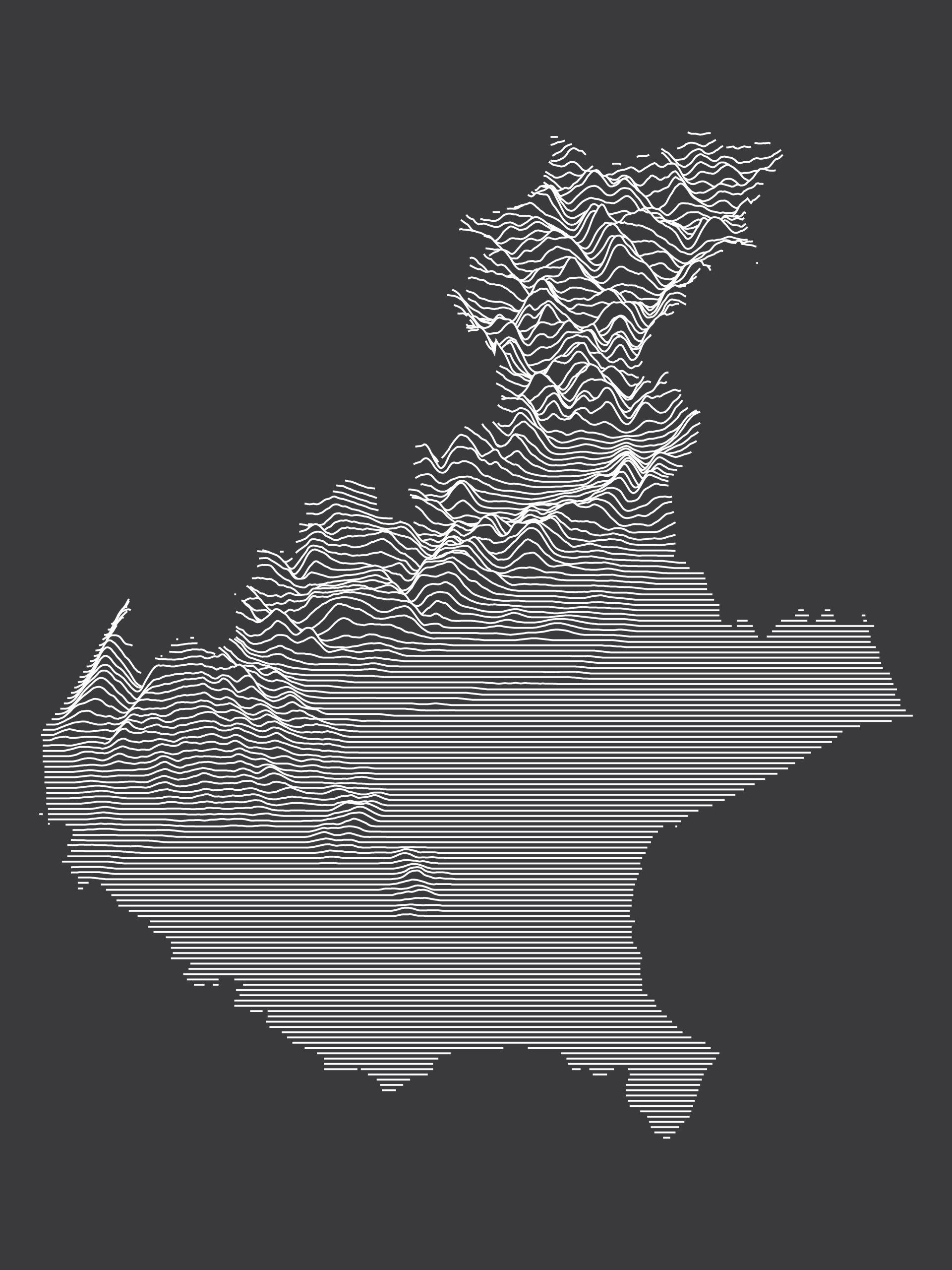
Topological Map of the Veneto
Soave
East of Valpolicella is Soave and further east lies Gambellara. Both Soave and Gambellara produce the key white varieties, Garganega and Trebbiano, which is grown on volcanic soils, vinified in several styles – still, metodo classico, and passito.
Soave is famous for its white wines, primarily made from Garganega. The terroir here is characterized by a mix of volcanic and alluvial soils, with the presence of limestone and clay. The alluvial soils, formed by ancient riverbeds, provide excellent drainage and nutrient availability, while the volcanic soils contribute to the wines' minerality. This combination allows for the production of Soave wines that are fresh, fruity, and well-structured, often with a characteristic almond note on the finish.

Teolo, Colli Euganei
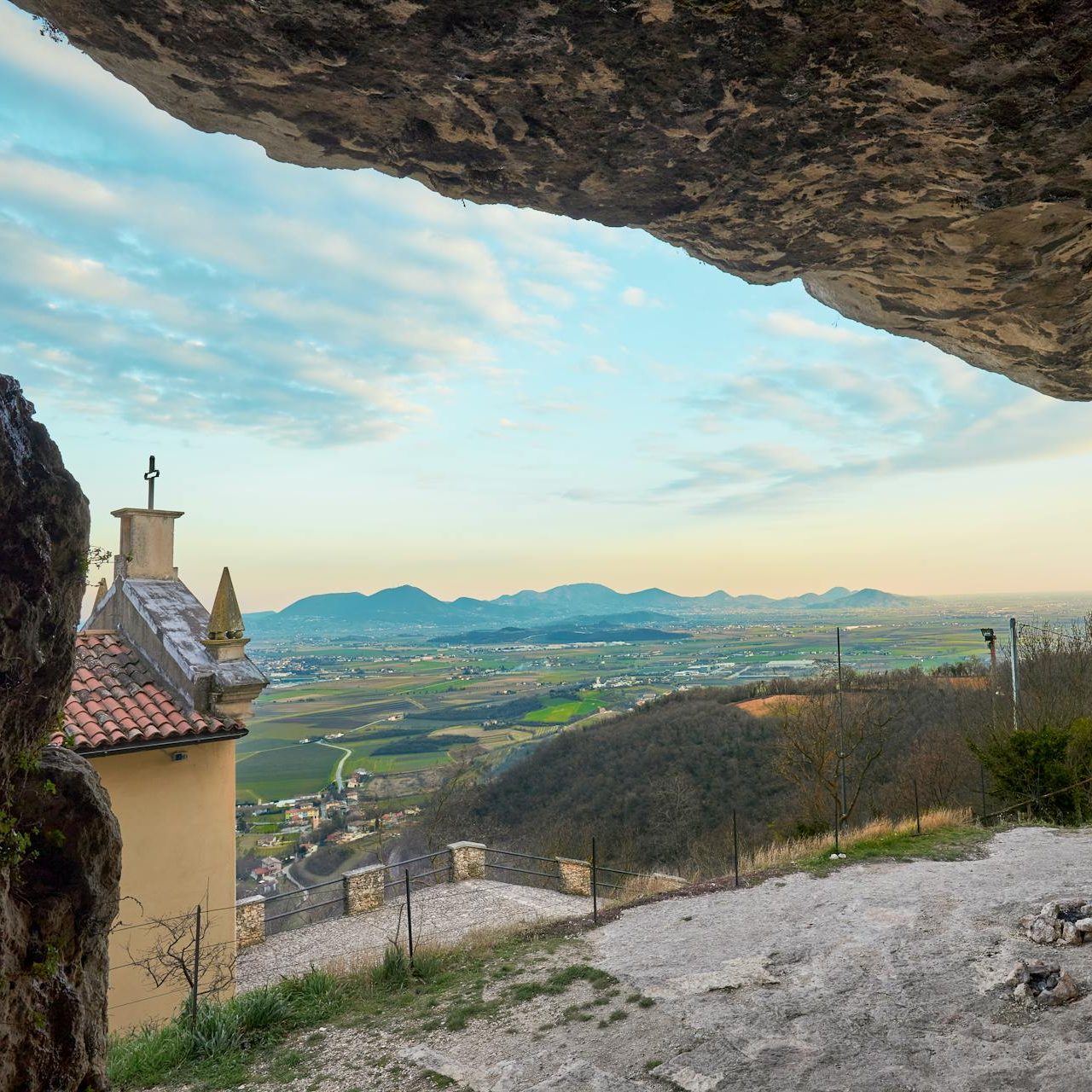
Villaga, Colli Berici
Gambellara
Gambellara, located near the town of the same name, features volcanic soils that are rich in minerals. The region is particularly known for its white wines made from the Garganega grape, which thrive in the mineral-rich soils. The volcanic rock contributes to the wines' aromatic complexity and freshness, making them highly regarded in the Italian wine scene. The combination of altitude and soil type in Gambellara allows for a long growing season, resulting in well-balanced wines with vibrant acidity.
Colli Berici
Just south east of Gambellara are the Colli Berici. The terroir is marked by a combination of clay and limestone soils, similar to those found in Valdobbiadene. This area is known for its red wines, particularly those made from the native grape variety, Tai Rosso. The clay-rich soils provide good water retention, which is crucial during the hot summer months, while the limestone contributes to the structure and acidity of the wines. The Colli Berici's varied elevations and microclimates further enhance the diversity of the wines produced here.
Colli Euganei
10km East or the Colli Berici lie the Colli Euganei. This area is known for its volcanic origins, which have created a landscape of rolling hills and rich soils. The volcanic rock, primarily composed of basalt and tuff, imparts a distinct minerality to the wines. The soils here are fertile, with a high organic matter content, which supports a variety of grape varieties, including Merlot and Cabernet Sauvignon. The unique terroir of the Colli Euganei allows for the production of wines with depth and complexity, often showcasing the region's volcanic heritage.
Valdobbiadene
- Elevation: 200 to 400 meters
- Soil Type: Clay, limestone, and marl
- Common Grapes: Glera (Prosecco), Verdiso, Bianchetta Trevigiana
With elevations ranging from 200 to 400 meters, features a mix of clay, limestone, and marl soils. These well-draining soils are ideal for cultivating Glera, the primary grape used in Prosecco production. The region's unique microclimate, with warm days and cool nights, allows the grapes to ripen slowly, resulting in wines that are aromatic, fresh, and vibrant.
Conegliano
- Elevation: 150 to 300 meters
- Soil Type: Clay and sandy soils
- Common Grapes: Glera (Prosecco), Pinot Grigio, Chardonnay
Situated at elevations of 150 to 300 meters, the clay and sandy soils contribute to the cultivation of Glera, as well as other varieties like Pinot Grigio and Chardonnay. The region's slightly warmer climate enhances the ripeness of the grapes, producing wines with a rich mouthfeel and balanced acidity, perfect for sparkling wine production.


